

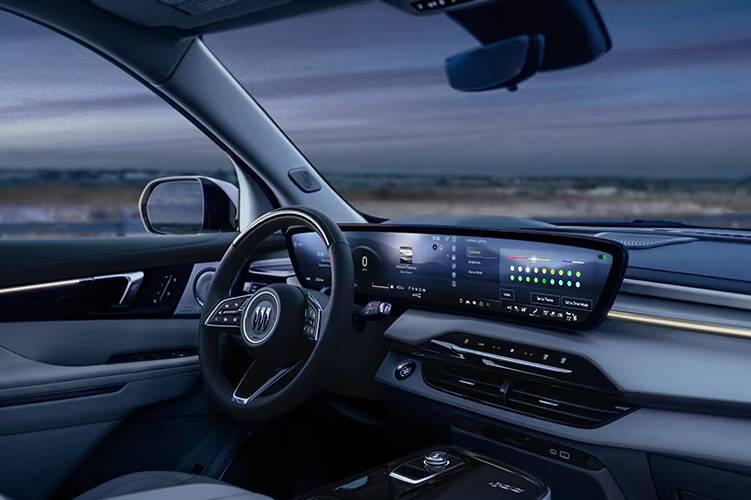
The landscape of in-car technology is on the brink of a major transformation, as Android Automotive users prepare to welcome a surge of new applications to their vehicles. This development marks a significant milestone in the evolution of automotive infotainment systems, promising to enhance the driving experience with a diverse array of entertainment options. As we delve into this exciting advancement, we'll explore its implications for drivers, developers, and the automotive industry as a whole.
The automotive world is buzzing with anticipation as Google gears up to launch its "Car ready mobile apps program" in February 2025. This initiative is set to revolutionize the app ecosystem for vehicles equipped with Android Automotive, Google's embedded operating system designed specifically for cars.
Until now, the selection of apps available for Android Automotive has been relatively limited compared to what users are accustomed to on their smartphones. This disparity is about to change dramatically, thanks to Google's innovative approach to app distribution.
Google's vision, first announced at the 2024 I/O conference, involves automatically distributing apps with large screen compatibility to the Android Automotive app store. This strategy eliminates the need for developers to create entirely new applications specifically for cars, streamlining the process and potentially leading to a rapid expansion of available apps.
The initial rollout will prioritize apps in the video, games, and browser categories. This focus on entertainment-centric applications suggests that passengers will soon have access to a much wider range of options to keep themselves occupied during journeys.
For an app to be eligible for distribution on Android Automotive, it must meet certain technical criteria. These requirements ensure that the apps will function properly in the unique environment of a vehicle's infotainment system.
One of the primary requirements is that apps must be compatible with large screens. This criterion ensures that the user interface will be appropriately scaled and functional on the typically larger displays found in modern vehicles.
To maintain safety standards, apps must be designed for use when the vehicle is in park. This restriction helps prevent driver distraction and ensures that entertainment features do not interfere with safe driving practices.
Many vehicles equipped with Android Automotive use x86 processors, which differ from the ARM-based processors found in most smartphones. To address this, Google is offering a compatibility mode, allowing a broader range of apps to function on Android Automotive without extensive modifications.
It's crucial to understand the difference between Android Auto and Android Automotive, as these terms are often confused but refer to distinct systems with different capabilities.
Android Auto is a projection system that allows users to connect their smartphones to their car's infotainment system. It provides a driver-friendly interface for accessing phone features and apps through the car's display.
In contrast, Android Automotive is a complete operating system that runs directly on the vehicle's hardware. It doesn't require a connected smartphone to function and offers deeper integration with the car's systems.
The introduction of the "Car-Ready Mobile Apps Program " presents opportunities and challenges for app developers looking to expand their reach into the automotive sector.
Developers will be able to adapt their existing Android mobile apps for in-vehicle use more easily. This simplification of the porting process is expected to encourage more developers to enter the automotive app market.
While apps' core functionality may remain similar to that of their mobile counterparts, developers will need to consider the unique context of in-car usage. This may involve redesigning user interfaces and adapting features to suit the automotive environment.
To ensure quality and safety, apps will likely need to undergo testing and certification processes before being approved for use in vehicles. This step is crucial for maintaining the integrity of the in-car app ecosystem.
The introduction of more apps to Android Automotive is set to significantly expand the software landscape for compatible vehicles. This expansion has implications for various stakeholders in the automotive and tech industries.
With a broader selection of apps available, drivers and passengers can expect a more personalized and feature-rich in-car experience. From entertainment options to productivity tools, the expanded app ecosystem will cater to diverse user needs.
Car manufacturers that have adopted Android Automotive may gain a competitive edge by offering a more robust and diverse app selection. This could become a significant selling point for tech-savvy consumers.
The influx of new apps opens up potential new revenue streams for both app developers and automakers. In-app purchases, subscription services, and partnerships could all contribute to a thriving economic ecosystem within the vehicle.
While the expansion of available apps is exciting, it's important to note that not all vehicles will immediately have access to these new offerings.
Google has stated that the new apps will be available on "a variety of Cars with Google built-in that have been certified by Google to meet the program requirements." This certification process ensures that vehicles meet certain standards for running the expanded app ecosystem.
Several major auto manufacturers have already adopted Android Automotive for their infotainment systems. Brands such as Acura, Audi, Buick, Cadillac, Chevrolet, Ford, GMC, and Volvo are among those that have embraced this technology.
The availability of new apps is likely to be a gradual process, with different vehicle models receiving updates at varying times. Factors such as hardware capabilities and manufacturer partnerships may influence the rollout schedule.
As Android Automotive continues to evolve and expand its app offerings, we can expect to see significant changes in how we interact with our vehicles during travel.
With a wider range of apps available, drivers and passengers will be able to customize their in-car entertainment experience to a greater degree than ever before. This personalization could extend to preferences in music, podcasts, news, and even gaming.
As vehicles become more connected, we may see increased integration between in-car apps and smart home ecosystems. This could allow for seamless transitions between home and vehicle environments.
The future may bring augmented reality (AR) applications to Android Automotive, potentially enhancing navigation, safety features, and passenger entertainment.
While the expansion of apps for Android Automotive is largely positive, there are several challenges and considerations that must be addressed.
Ensuring that new apps do not contribute to driver distraction is paramount. Strict guidelines and safety features will need to be implemented to maintain road safety.
With more apps collecting and processing data within vehicles, robust privacy protections and security measures will be essential to protect users' information.
As the complexity of in-car systems increases, maintaining reliability and stability becomes more challenging. Striking a balance between innovation and dependable performance will be crucial.
The expansion of Android Automotive's app ecosystem will undoubtedly impact the competitive landscape of in-car technology.
As Android Automotive grows, it will face increased competition from Apple's CarPlay system. Both platforms will likely continue to innovate to attract users and automakers.
The rise of more advanced systems like Android Automotive may put pressure on traditional proprietary infotainment systems, potentially leading to shifts in the automotive technology market.
The success of Android Automotive may inspire other tech companies to develop competing automotive operating systems, further diversifying the market.
As new apps become available, educating consumers about their options and how to use them safely will be crucial.
Automakers and app developers may need to create comprehensive user guides and tutorials to help drivers navigate the expanded app ecosystem.
Car dealerships may need to provide additional training to staff to effectively demonstrate and explain the new app capabilities to potential buyers.
Online communities and support forums are likely to emerge, providing users with platforms to share tips, troubleshoot issues, and discuss their experiences with the new apps.
The impending explosion of apps for Android Automotive users represents a significant leap forward in the realm of in-car technology. As vehicles become increasingly connected and intelligent, the line between our digital lives and our driving experiences continues to blur. This development promises to bring unprecedented levels of entertainment, productivity, and personalization to our time on the road.
However, with great power comes great responsibility. As we embrace these new capabilities, it will be crucial for all stakeholders – from automakers and app developers to regulators and consumers – to work together to ensure that safety remains the top priority. The future of in-car technology is bright, and Android Automotive is poised to play a central role in shaping that future.
As we look ahead, it's clear that the automotive industry is entering a new era of digital integration. The expansion of apps for Android Automotive is just the beginning of what promises to be a transformative journey for drivers and passengers alike. Whether you're a tech enthusiast eager to explore new apps or a casual user looking for more convenience in your daily commute, the road ahead is filled with exciting possibilities.
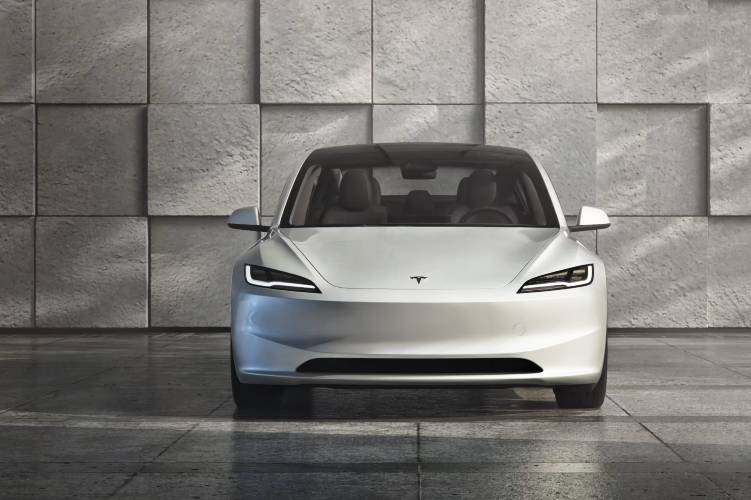
The automotive landscape witnessed a seismic shift...
October 27, 2024
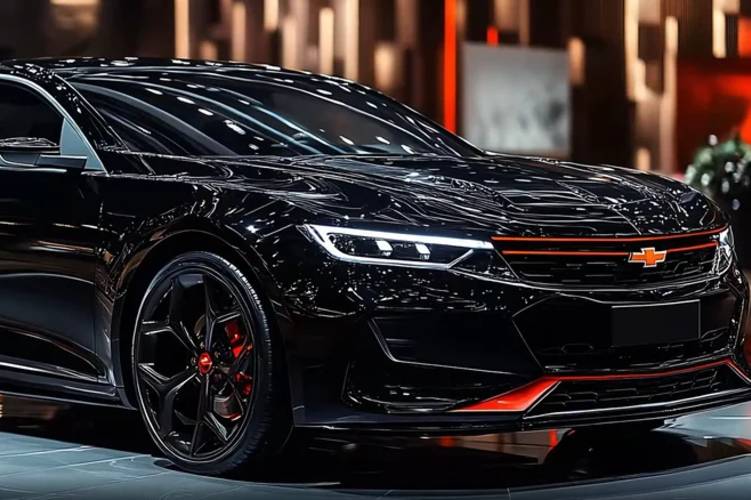
The automotive world is abuzz with excitement as C...
October 27, 2024
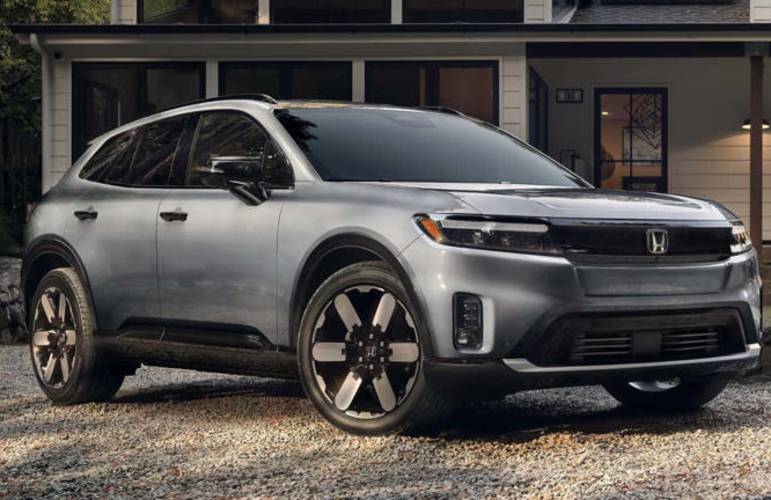
The electric vehicle (EV) landscape is about to un...
October 27, 2024

The used truck market can be a complex landscape t...
October 27, 2024
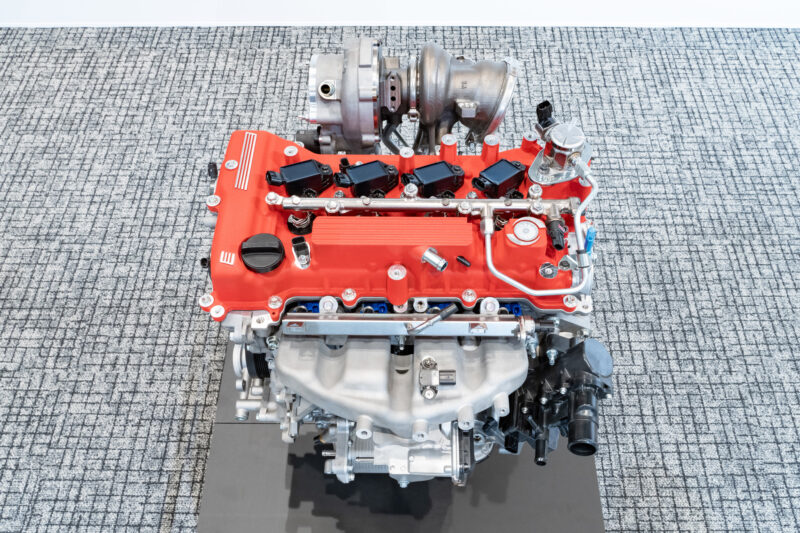
Toyota's latest engineering feat is a 2.0-liter en...
November 07, 2024
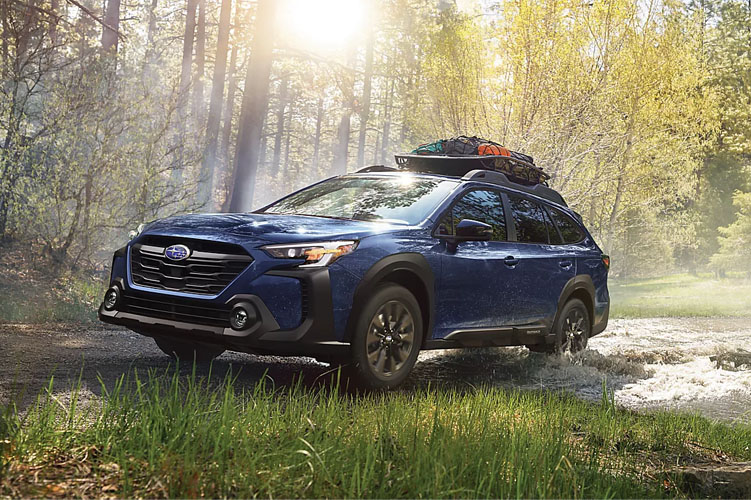
The choice between 4WD and AWD can substantially a...
November 07, 2024
Click to read more ...
Best Dream Car requests your location to offer personalized results and improve your experience.
Would you like to allow location access?